#81 in Vietnam
Bánh Gối: Basic Information
Pronunciation
Alternative Name(s)
Dish Type
Course
Mealtime
Popular Bánh Gối Variations
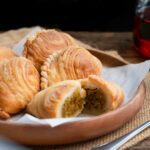
Bánh Gối Cà Ri
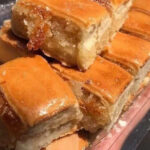
Bánh Gối Ngọt
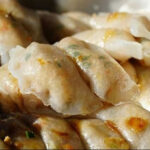
Bánh Gối Chay
Bánh Gối: Ingredients and Preparation
Main Ingredients
Main Cooking Method
Preparation Process
Bánh Gối: A Deep Dive
Cultural Significance
Taste
Texture
Aroma
Color
Serving Style
Serving Temperature
Accompaniment
Occasions
Seasons
Special Diets
Calories
Popularity
Popular Similar Dishes
- Samosa
- Empanada
- Pastel
- Gujiya
- Mpanatigghi
Popular Dining Area
Bánh gối is a Vietnamese crescent-shaped fried pastry that was first known in Hai Phong and Hanoi in 1955. Named after its pillow shape, bánh gối is a popular street snack to the locals, with the Central region calling it bánh quai vạc and the South referring to the pastry as bánh xếp.
Traditionally, this fried pastry possesses a crunchy texture while the filling is a mix of wood ear mushroom, minced pork, quail eggs, and glass noodles. Alternatively, options like potatoes and beans are also used for making bánh gối.
Aside from the savory choice, this Vietnamese fried pastry also has sweet picks when filled with sweetened mung bean, coconut, peanuts, or durian meat.
Interestingly, bánh gối is believed to be inspired by Spanish empanadas and pastels, while others see it as a version of Guangdong’s yau gok.
So come along to uncover the versions of bánh gối along with the methods of making this fried pastry.
Then, find out all the positive and negative features of eating this pastry before exploring some concerns relating to bánh gối. Also, make sure to explore some specialties that are like bánh gối.
Key Points
Bánh Gối Images
What Are the Variants of Bánh Gối?
In Vietnam, just a slight change in the filling or cooking methods of bánh gối results in many variations in the country:

Bánh Gối Cà Ri
This version features a curry-flavored filling, often with a mixture of spices typical of a curry dish
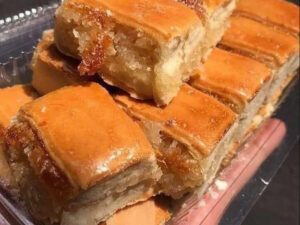
Bánh Gối Ngọt
A sweet variant of bánh gối, possibly filled with mung beans, coconut, or durian meat
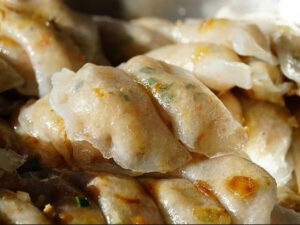
Bánh Gối Chay
The vegetarian option, which excludes meat and includes mung beans, glass noodles, and vegetables

Bánh Gối Hấp
Characterized by a chewy, glutinous texture in the dough, which is achieved by steaming
When you already know about the various types of Vietnamese fried pastry, stick around to discover the process of bringing this treat to life.
How to Make Bánh Gối?
Here’s the common way that bánh gối is made by the locals using the simplest ingredients found anywhere:
- Dough preparation: Begin by making a dough that is pliable yet sturdy enough to hold the filling without tearing.
- Filling preparation: Mix the filling, which typically includes a protein such as pork, mushrooms, and seasonings, until well combined.
- Assembling: Roll out the dough into small circles, place a portion of the filling onto one half along with a quail egg, and then fold the dough over to encase the filling, creating a half-moon shape.
- Sealing: Press the edges of the dough together to seal, ensuring there are no gaps for the filling to escape during frying. The edges can be crimped for a decorative touch and to help seal them.
- Frying: Deep-fry the pastries in hot oil until they are golden brown and crispy.
- Serving: Drain the fried bánh gối on paper towels to remove excess oil and serve while hot, often with a dipping sauce on the side.
Before eating bánh gối, you should note the benefits and drawbacks of eating this fried pastry to avoid any unwanted effects on your diet.
Pros and Cons of Eating Bánh Gối
Before eating bánh gối, it’s important that you’re aware of the effects that this street food treat has on your body:
Pros
Cons
After knowing about the good and bad of enjoying bánh gối, I suggest taking a look at some concerns that people have about these fried pastries.



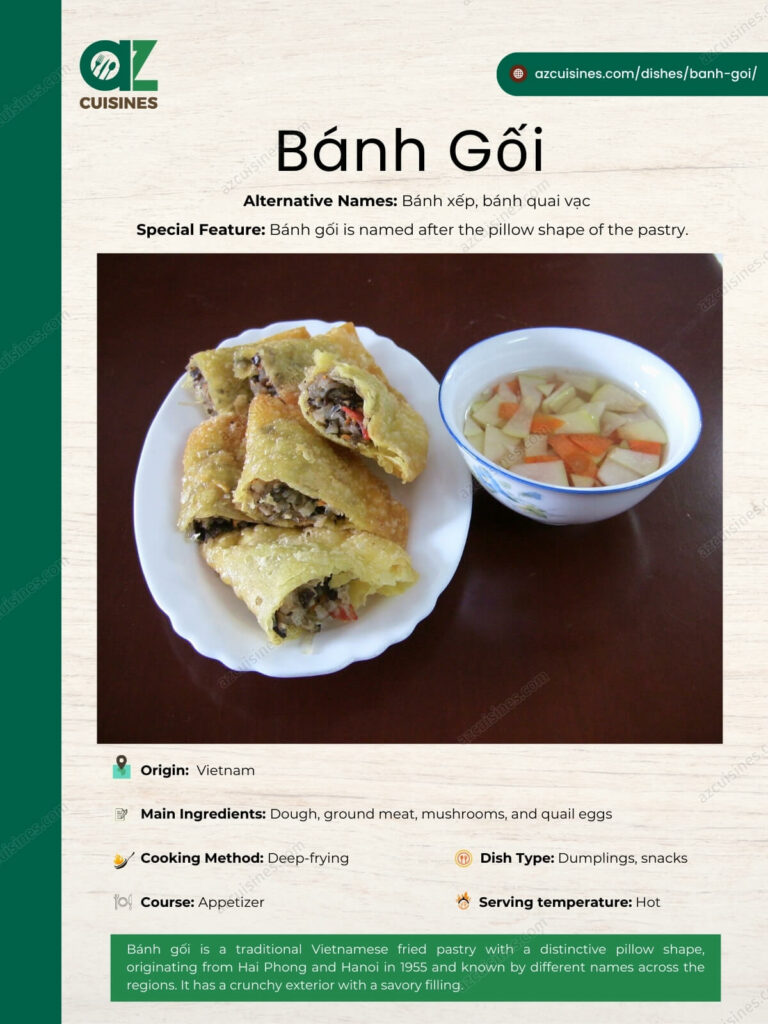
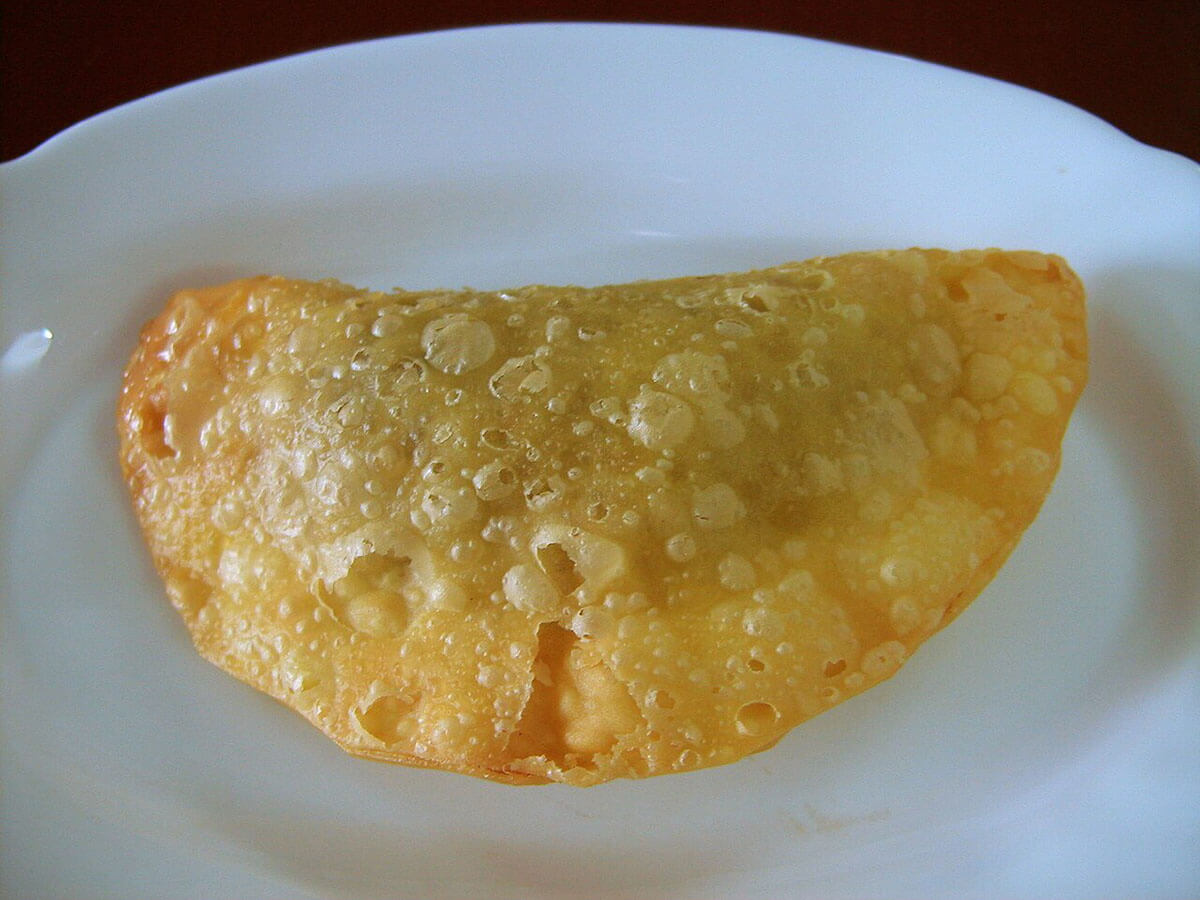
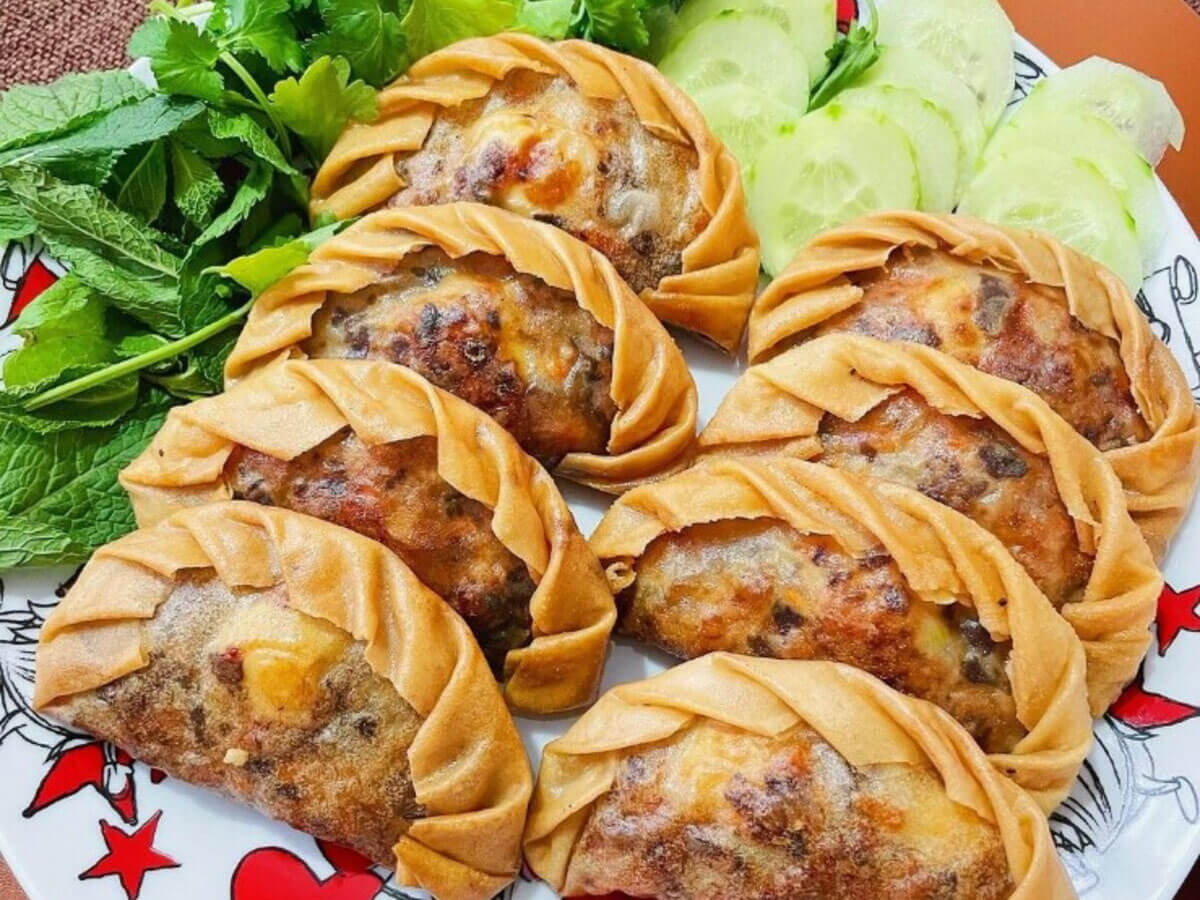
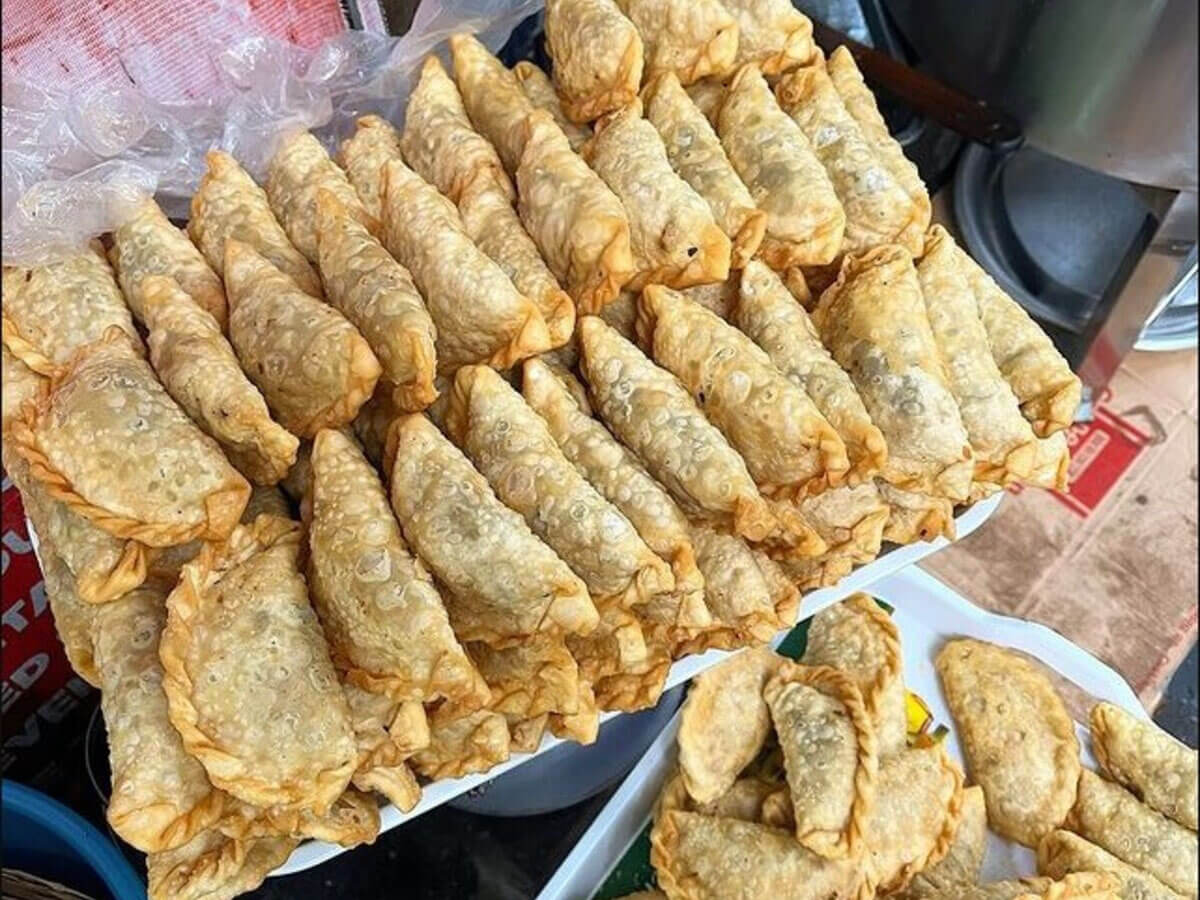
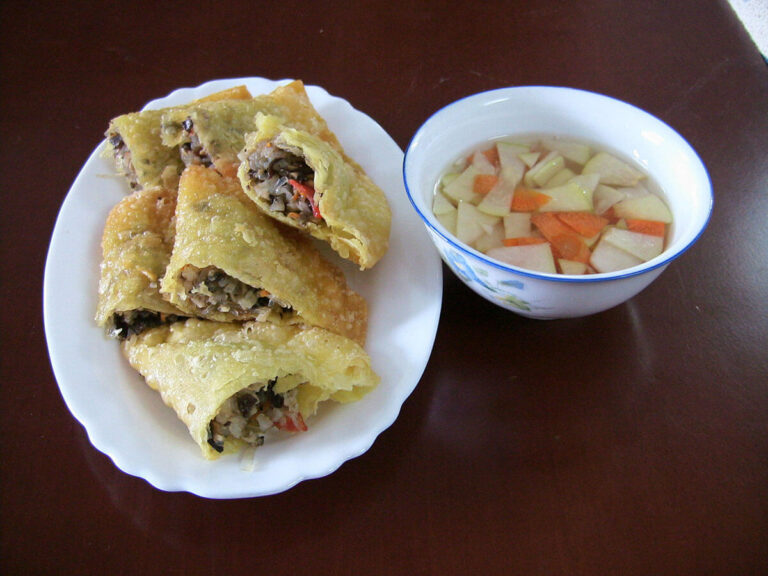

Truc Tran (Kris)
Senior Food Editor
Expertise
Home Cooking, Meal Planning, Recipe Development, Baking and Pastry, Food Editor, Cooking-video Maker, Vietnamese Food Evaluation Expert
Education
Truc Tran (Kris), an experienced food writer and editor, is great at exploring and describing global cuisines, from simple street food to fancy dining. In her writing, she skillfully mixes different flavors, cooking methods, and culinary traditions, showing the unique character of various cultures through their food and drinks. On azcuisines.com, Kris highlights her knowledge, especially in Asian cuisine and worldwide traditional dishes.